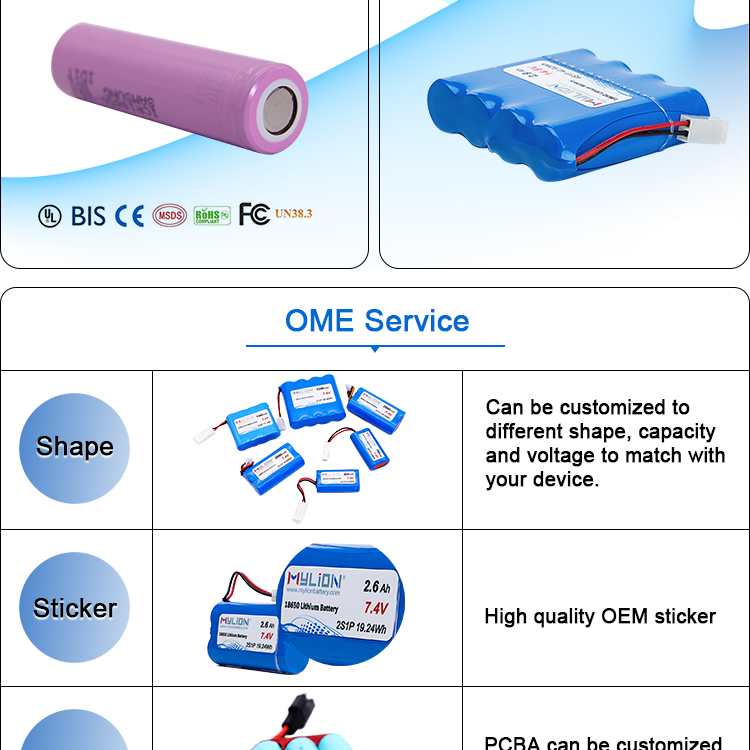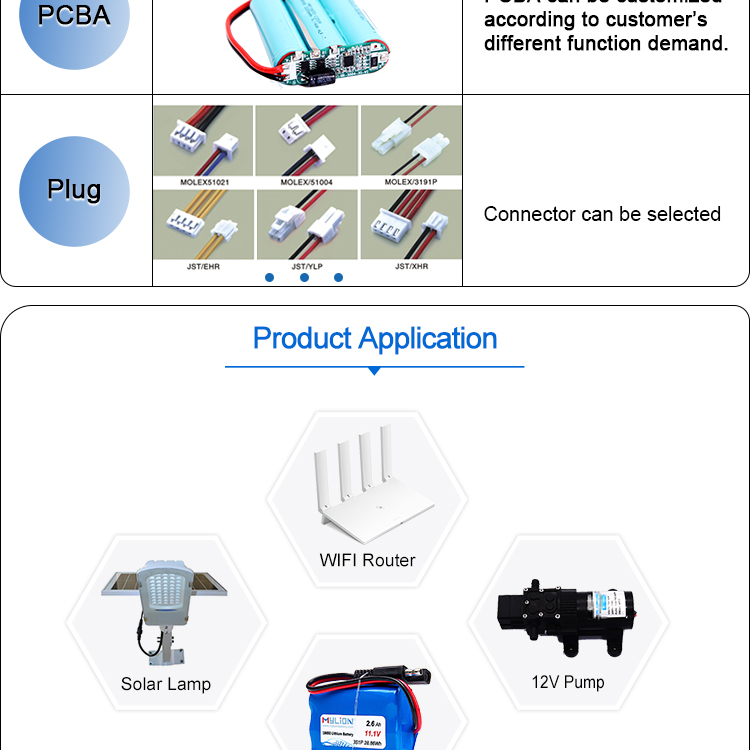Introduction: Lithium-ion technology has transformed the way we communicate and power portable devices, and is now driving a revolution in global transportation and energy supply. A new paper by Arumugam Manthiram of the University of Texas at Austin examines the development of the technology, from initial discoveries in the 1970s to the considerations of researchers working on “future batteries“today.
Since scientists demonstrated the first rechargeable lithium-ion battery in 1976, the technology has demonstrated its world-changing potential in the electronics industry. But even as applications in electric vehicles and stationary energy storage record massive growth, overcoming technical problems and scientists around the world are working to incorporate new materials and advance battery performance still based on concepts described by scientists almost half a century ago.

Manthiram said: “As we deploy lithium-ion batteries at scale, cost and sustainability become critical. In addition, to keep pace with the development of portable electronics and increase the range of electric vehicles, there is a desire to increase the energy density above the current level.”
Further work by Goodenough’s group in the 1980s, led by visiting researcher Koichi Mizushima, demonstrated for the first time a lithium battery with a carbon anode and a lithium cobalt oxide cathode. It represents the first time that the technology has overcome safety and energy density issues and emerged as something ready for commercialization.

But these concerns remain at the heart of research into lithium-ion technology as society’s demand for batteries continues to increase.”We need to increase the energy density by increasing the charge storage capacity of the cathode and anode, increasing the operating voltage of the cathode, or ideally simultaneously increasing the charge storage capacity and the operating voltage,” said Manthiram. To achieve these goals, new or Good electrode materials and electrolytes. New synthesis and processing methods and computer modeling can help with these tasks.”In the short term, Manthiram noted, he expects research to focus on layered oxide cathodes with more nickel and less or no cobalt, and adding silicon to graphite anodes to increase energy density.
In the future, there will be a plethora of technologies that will finally prove their worth. “Lithium-ion batteries will maintain their leadership in energy storage, especially in electrification of the transport sector,”







